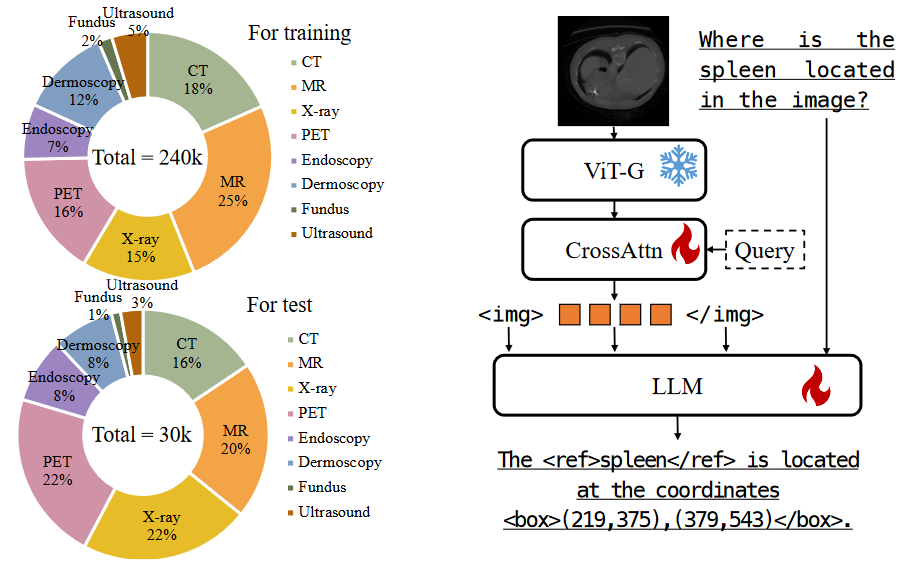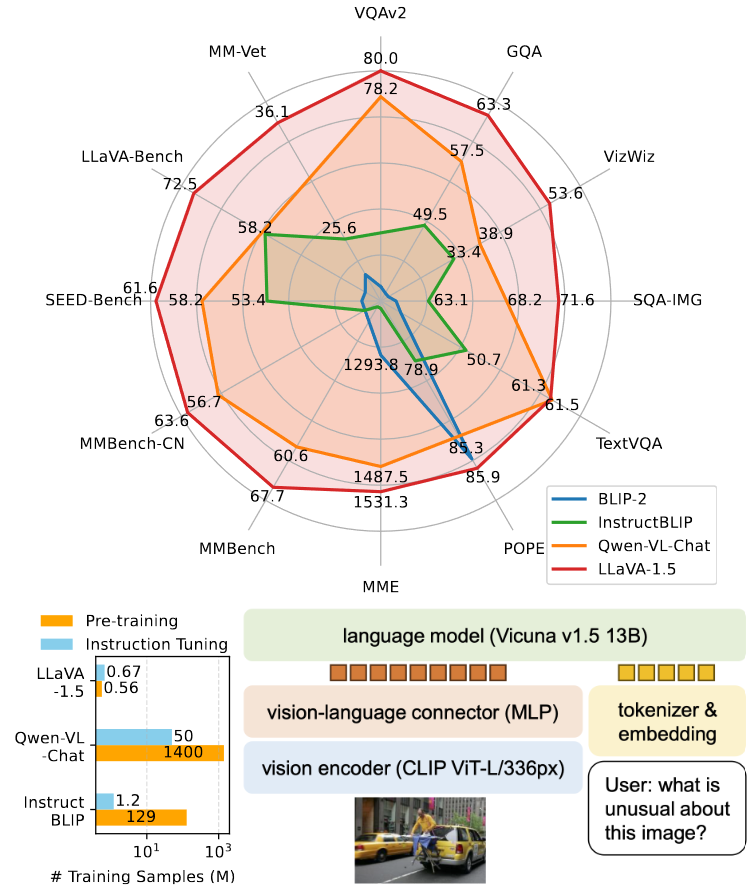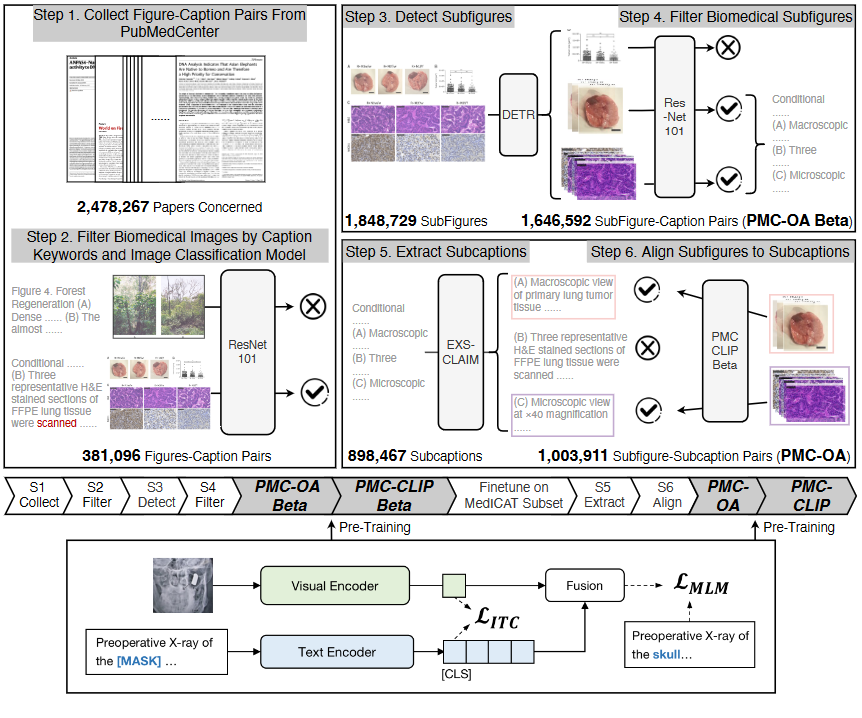对于非嵌套函数类,较复杂(由较大区域表示)的函数类不能保证更接近“真”函数( f ∗ f^∗ f ∗
为了接近真函数 f ∗ f^∗ f ∗ F i F_i F i 所以神经网络模型如果包含先前层的部分,效果会更好。
因此,只有当较复杂的函数类包含较小的函数类时,我们才能确保提高它们的性能。 对于深度神经网络,如果我们能将新添加的层训练成恒等映射(identity function)f(x)=x ,新模型和原模型将同样有效。 同时,由于新模型可能得出更优的解来拟合训练数据集,因此添加层似乎更容易降低训练误差。何恺明等人提出了残差网络(ResNet) (He et al. , 2016 )。 残差网络的核心思想是:每个附加层都应该更容易地包含原始函数作为其元素之一。
图虚线框中的部分则需要拟合出残差映射f(x)−x。 残差映射在现实中往往更容易优化。 以本节开头提到的恒等映射作为我们希望学出的理想映射f(x),我们只需将右图虚线框内上方的加权运算(如仿射)的权重和偏置参数设成0,那么f(x)即为恒等映射。 实际中,当理想映射f(x)极接近于恒等映射时,残差映射也易于捕捉恒等映射的细微波动。
1 2 3 4 5 6 7 8 9 10 11 12 13 14 15 16 17 18 19 20 21 22 23 24 25 26 27 28 29 import torchfrom torch import nnfrom torch.nn import functional as Ffrom d2l import torch as d2lclass Residual (nn.Module): def __init__ (self, input_channels, num_channels, use_1x1conv=False , strides=1 ): super ().__init__() self .conv1 = nn.Conv2d(input_channels, num_channels, kernel_size=3 , padding=1 , stride=strides) self .conv2 = nn.Conv2d(num_channels, num_channels, kernel_size=3 , padding=1 ) if use_1x1conv: self .conv3 = nn.Conv2d(input_channels, num_channels, kernel_size=1 , stride=strides) else : self .conv3 = None self .bn1 = nn.BatchNorm2d(num_channels) self .bn2 = nn.BatchNorm2d(num_channels) def forward (self, X ): Y = F.relu(self .bn1(self .conv1(X))) Y = self .bn2(self .conv2(Y)) if self .conv3: X = self .conv3(X) Y += X return F.relu(Y)
这样的设计要求2个卷积层的输出与输入形状一样,从而使它们可以相加。 如果想改变通道数,就需要引入一个额外的1×1卷积层来将输入变换成需要的形状后再做相加运算。此代码生成两种类型的网络: 一种是当use_1x1conv=False时,应用ReLU非线性函数之前,将输入添加到输出。 另一种是当use_1x1conv=True时,添加通过1×1卷积调整通道和分辨率。
下图为resnet-18架构
在输出通道数为64、步幅为2的7×7卷积层后,接步幅为2的3×3的最大汇聚层。
1 2 3 b1 = nn.Sequential(nn.Conv2d(1 , 64 , kernel_size=7 , stride=2 , padding=3 ), nn.BatchNorm2d(64 ), nn.ReLU(), nn.MaxPool2d(kernel_size=3 , stride=2 , padding=1 ))
第一个模块的通道数同输入通道数一致。 由于之前已经使用了步幅为2的最大汇聚层,所以无须减小高和宽。 之后的每个模块在第一个残差块里将上一个模块的通道数翻倍,并将高和宽减半。
1 2 3 4 5 6 7 8 9 10 11 12 13 14 15 16 17 18 19 def resnet_block (input_channels, num_channels, num_residuals, first_block=False ): blk = [] for i in range (num_residuals): if i == 0 and not first_block: blk.append(Residual(input_channels, num_channels, use_1x1conv=True , strides=2 )) else : blk.append(Residual(num_channels, num_channels)) return blk b2 = nn.Sequential(*resnet_block(64 , 64 , 2 , first_block=True )) b3 = nn.Sequential(*resnet_block(64 , 128 , 2 )) b4 = nn.Sequential(*resnet_block(128 , 256 , 2 )) b5 = nn.Sequential(*resnet_block(256 , 512 , 2 )) net = nn.Sequential(b1, b2, b3, b4, b5, nn.AdaptiveAvgPool2d((1 ,1 )), nn.Flatten(), nn.Linear(512 , 10 ))
每个模块有4个卷积层(不包括恒等映射的1×1卷积层)。 加上第一个7×7卷积层和最后一个全连接层,共有18层。 因此,这种模型通常被称为ResNet-18
1 2 3 4 5 6 7 8 9 10 11 12 13 14 15 16 17 def load_data_fashion_mnist (batch_size, resize=None ): """下载Fashion-MNIST数据集,然后将其加载到内存中""" trans = [transforms.ToTensor()] if resize: trans.insert(0 , transforms.Resize(resize)) trans = transforms.Compose(trans) mnist_train = torchvision.datasets.FashionMNIST( root="../data" , train=True , transform=trans, download=True ) mnist_test = torchvision.datasets.FashionMNIST( root="../data" , train=False , transform=trans, download=True ) return (data.DataLoader(mnist_train, batch_size, shuffle=True , num_workers=get_dataloader_workers()), data.DataLoader(mnist_test, batch_size, shuffle=False , num_workers=get_dataloader_workers())) batch_size = 256 train_iter, test_iter = load_data_fashion_mnist(batch_size, resize=96 )
1 2 3 4 5 6 7 8 9 10 11 12 13 14 15 16 17 18 19 20 21 22 23 24 25 26 27 28 29 30 31 32 33 34 35 36 37 38 39 class Accumulator : """在n个变量上累加""" def __init__ (self, n ): self .data = [0.0 ] * n def add (self, *args ): self .data = [a + float (b) for a, b in zip (self .data, args)] def reset (self ): self .data = [0.0 ] * len (self .data) def __getitem__ (self, idx ): return self .data[idx] def accuracy (y_hat, y ): """计算预测正确的数量""" if len (y_hat.shape) > 1 and y_hat.shape[1 ] > 1 : y_hat = y_hat.argmax(axis=1 ) cmp = y_hat.type (y.dtype) == y return float (cmp.type (y.dtype).sum ()) def evaluate_accuracy_gpu (net, data_iter, device=None ): """使用GPU计算模型在数据集上的精度""" if isinstance (net, nn.Module): net.eval () if not device: device = next (iter (net.parameters())).device metric = Accumulator(2 ) with torch.no_grad(): for X, y in data_iter: if isinstance (X, list ): X = [x.to(device) for x in X] else : X = X.to(device) y = y.to(device) metric.add(accuracy(net(X), y), y.numel()) return metric[0 ] / metric[1 ]
1 2 3 4 5 6 7 8 9 10 11 12 13 14 15 16 17 18 19 20 21 22 23 24 25 26 27 28 29 30 31 32 33 34 35 36 37 38 39 class Animator : """在动画中绘制数据""" def __init__ (self, xlabel=None , ylabel=None , legend=None , xlim=None , ylim=None , xscale='linear' , yscale='linear' , fmts=('-' , 'm--' , 'g-.' , 'r:' 1 , ncols=1 , figsize=(3.5 , 2.5 ): if legend is None : legend = [] d2l.use_svg_display() self .fig, self .axes = d2l.plt.subplots(nrows, ncols, figsize=figsize) if nrows * ncols == 1 : self .axes = [self .axes, ] self .config_axes = lambda : d2l.set_axes( self .axes[0 ], xlabel, ylabel, xlim, ylim, xscale, yscale, legend) self .X, self .Y, self .fmts = None , None , fmts def add (self, x, y ): if not hasattr (y, "__len__" ): y = [y] n = len (y) if not hasattr (x, "__len__" ): x = [x] * n if not self .X: self .X = [[] for _ in range (n)] if not self .Y: self .Y = [[] for _ in range (n)] for i, (a, b) in enumerate (zip (x, y)): if a is not None and b is not None : self .X[i].append(a) self .Y[i].append(b) self .axes[0 ].cla() for x, y, fmt in zip (self .X, self .Y, self .fmts): self .axes[0 ].plot(x, y, fmt) self .config_axes() display.display(self .fig) display.clear_output(wait=True )
1 2 3 4 5 6 7 8 9 10 11 12 13 14 15 16 17 18 19 20 21 22 23 24 25 26 class Timer : """记录多次运行时间""" def __init__ (self ): self .times = [] self .start() def start (self ): """启动计时器""" self .tik = time.time() def stop (self ): """停止计时器并将时间记录在列表中""" self .times.append(time.time() - self .tik) return self .times[-1 ] def avg (self ): """返回平均时间""" return sum (self .times) / len (self .times) def sum (self ): """返回时间总和""" return sum (self .times) def cumsum (self ): """返回累计时间""" return np.array(self .times).cumsum().tolist()
1 2 3 4 5 6 7 8 9 10 11 12 13 14 15 16 17 18 19 20 21 22 23 24 25 26 27 28 29 30 31 32 33 34 35 36 37 38 39 40 41 42 43 44 45 46 def train_ch6 (net, train_iter, test_iter, num_epochs, lr, device ): """用GPU训练模型(在第六章定义)""" def init_weights (m ): if type (m) == nn.Linear or type (m) == nn.Conv2d: nn.init.xavier_uniform_(m.weight) net.apply(init_weights) print ('training on' , device) net.to(device) optimizer = torch.optim.SGD(net.parameters(), lr=lr) loss = nn.CrossEntropyLoss() animator = Animator(xlabel='epoch' , xlim=[1 , num_epochs], legend=['train loss' , 'train acc' , 'test acc' ]) timer, num_batches = Timer(), len (train_iter) for epoch in range (num_epochs): metric = Accumulator(3 ) net.train() for i, (X, y) in enumerate (train_iter): timer.start() optimizer.zero_grad() X, y = X.to(device), y.to(device) y_hat = net(X) l = loss(y_hat, y) l.backward() optimizer.step() with torch.no_grad(): metric.add(l * X.shape[0 ], d2l.accuracy(y_hat, y), X.shape[0 ]) timer.stop() train_l = metric[0 ] / metric[2 ] train_acc = metric[1 ] / metric[2 ] if (i + 1 ) % (num_batches // 5 ) == 0 or i == num_batches - 1 : animator.add(epoch + (i + 1 ) / num_batches, (train_l, train_acc, None )) test_acc = evaluate_accuracy_gpu(net, test_iter) animator.add(epoch + 1 , (None , None , test_acc)) print (f'loss {train_l:.3 f} , train acc {train_acc:.3 f} , ' f'test acc {test_acc:.3 f} ' ) print (f'{metric[2 ] * num_epochs / timer.sum ():.1 f} examples/sec ' f'on {str (device)} ' ) def try_gpu (i=0 ): """如果存在,则返回gpu(i),否则返回cpu()""" if torch.cuda.device_count() >= i + 1 : return torch.device(f'cuda:{i} ' ) return torch.device('cpu' )
1 2 lr, num_epochs = 0.05 , 10 train_ch6(net, train_iter, test_iter, num_epochs, lr, try_gpu())
ResNet——CNN经典网络模型详解(pytorch实现)_resnet-cnn-CSDN博客
左边的残差结构是针对层数较少网络,例如ResNet18层和ResNet34层网络。右边是针对网络层数较多的网络,例如ResNet101,ResNet152等。为什么深层网络要使用右侧的残差结构呢。因为,右侧的残差结构能够减少网络参数与运算量。同样输入一个channel为256的特征矩阵,如果使用左侧的残差结构需要大约1170648个参数,但如果使用右侧的残差结构只需要69632个参数。明显搭建深层网络时,使用右侧的残差结构更合适。
下面这幅图是原论文给出的不同深度的ResNet网络结构配置,注意表中的残差结构给出了主分支上卷积核的大小与卷积核个数,表中的xN表示将该残差结构重复N次。
对于我们ResNet18/34/50/101/152,表中conv3_x, conv4_x, conv5_x所对应的一系列残差结构的第一层残差结构都是虚线残差结构(就是残差连接的是1x1卷积层)。因为这一系列残差结构的第一层都有调整输入特征矩阵shape的使命(将特征矩阵的高和宽缩减为原来的一半,将深度channel调整成下一层残差结构所需要的channel)。
对于ResNet50/101/152,其实在conv2_x所对应的一系列残差结构的第一层也是虚线残差结构。因为它需要调整输入特征矩阵的channel,根据表格可知通过3x3的max pool之后输出的特征矩阵shape应该是[56, 56, 64],但我们conv2_x所对应的一系列残差结构中的实线残差结构它们期望的输入特征矩阵shape是[56, 56, 256](因为这样才能保证输入输出特征矩阵shape相同,才能将捷径分支的输出与主分支的输出进行相加)











